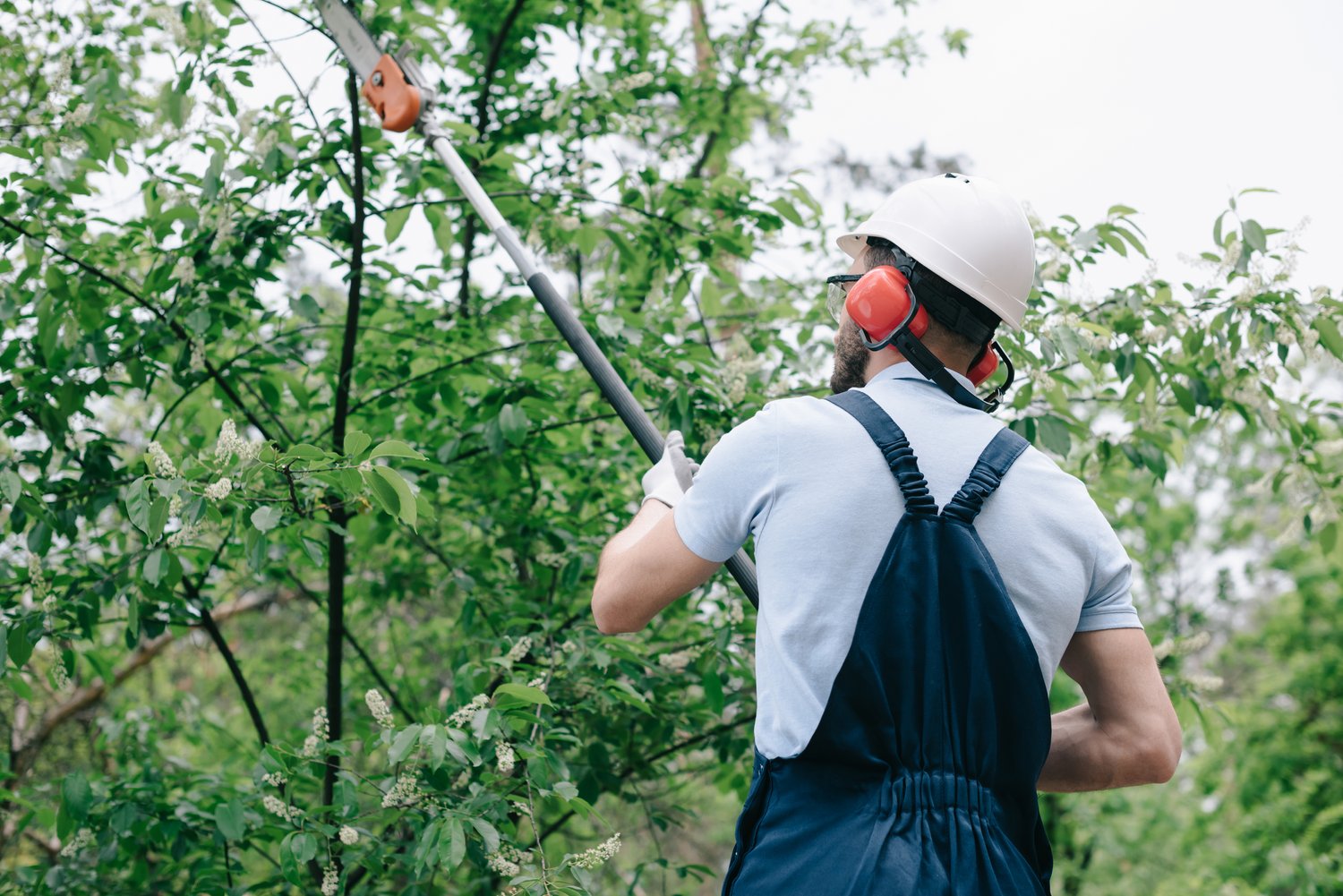Pruning trees is an essential maintenance task that helps promote tree health, ensure safety, and maintain aesthetic appeal in your landscape. Whether you’re a novice gardener or an experienced homeowner, understanding when and how to prune trees safely can save you time, money, and potential hazards. This comprehensive tree pruning guide basics article will walk you through the fundamental reasons for pruning, optimal timing for different tree varieties, safe techniques to employ, and when it might be best to hire an arborist for tree trimming rather than attempting it yourself.
Why Pruning Matters
Trees require pruning for several crucial reasons that go beyond mere appearances. Regular pruning removes dead or diseased branches, preventing potential infections from spreading throughout the tree. This preventative maintenance is vital for long-term tree health, as removing compromised limbs allows the tree to direct energy toward healthy growth. Safety is another primary concern, as overgrown branches can pose significant hazards during storms or high winds, potentially damaging property or causing injury. Additionally, proper pruning helps shape trees to enhance their natural form, encouraging stronger structural growth and improving fruit production in the case of fruit-bearing varieties. Understanding these benefits underscores why learning when to prune trees safely should be a priority for any homeowner with trees on their property.
Best Times to Prune Different Trees
Timing is critical when it comes to effective tree pruning. Most deciduous trees benefit from pruning during their dormant season in late winter or early spring before new growth begins. This timing minimizes stress on the tree and reduces sap flow while allowing you to clearly see the branch structure without foliage in the way. For spring-flowering trees like dogwoods and redbuds, wait until immediately after they finish blooming to avoid removing flower buds. Summer-flowering trees, however, can typically be pruned in late winter. Evergreens require different timing; pines and spruce trees should be pruned in early spring when new growth begins, while broadleaf evergreens like hollies respond well to light pruning in early summer. As noted in our tree pruning guide basics, avoiding fall pruning is generally advisable as it can stimulate new growth that won’t have time to harden before winter, potentially leading to cold damage.
Proper Pruning Techniques
Mastering basic pruning techniques is essential to maintain tree health and avoid damage. When removing smaller branches, make clean cuts just outside the branch collar (the swollen area where the branch connects to the trunk or larger branch) without leaving stubs. For larger limbs, use the three-cut method to prevent bark tearing: make an undercut about one-third of the way through the branch about a foot from the trunk, followed by a complete cut from the top slightly further out from the first cut to remove most of the limb, and finally, remove the remaining stub with a clean cut just outside the branch collar. Always use sharp, clean tools to ensure smooth cuts that heal properly. According to tree care experts at AskHomey, disinfecting your pruning tools between cuts, especially when dealing with diseased branches, is crucial to prevent spreading pathogens between trees or branches.
Tools and Safety Precautions
The right tools make a significant difference in when pruning trees safely. For small branches up to 3/4 inch in diameter, use hand pruners. Lopping shears handle branches between 3/4 and 1 1/2 inches thick, while pruning saws are necessary for larger branches. For higher branches, consider telescoping pruners or pole saws to avoid using ladders when possible. Safety equipment should include gloves, eye protection, and a hard hat when appropriate. Never prune near power lines—this is always a job for professionals. When using ladders, ensure they’re stable and positioned properly against the tree. Be aware of your surroundings and have a clear escape path in case branches fall unexpectedly. These precautions are vital parts of any comprehensive tree pruning guide basics.
When to Hire a Professional Arborist
While many homeowners can handle basic pruning tasks, certain situations warrant professional expertise. The hire arborist tree trimming cost is justified when dealing with large trees, those near power lines, or when extensive pruning is required. Professional arborists possess specialized equipment, insurance, and training to handle complex or dangerous situations safely. Consider hiring a certified arborist when a tree is severely damaged, shows signs of disease, requires pruning at heights greater than 10 feet, or when you’re uncertain about proper techniques. Though the tree trimming cost might seem significant upfront, professional work often prevents future expenses from improper pruning or potential property damage. When evaluating arborists, request proof of insurance, certifications, references, and detailed written estimates before work begins.
Seasonal Pruning Calendar
Creating a seasonal pruning plan helps ensure you’re addressing tree maintenance at optimal times. Winter is ideal for structural pruning of most deciduous trees while they’re dormant. Spring brings opportunities for minimal pruning of spring-flowering trees after blooms fade and addressing storm damage. Summer permits light pruning for shape correction and removal of obvious dead wood. Fall should generally involve only minimal clean-up pruning rather than major cuts. This seasonal approach to when prune trees safely maximizes tree health while minimizing stress, ensuring your landscape continues to thrive throughout the year.
For more tips and to connect with reliable home service professionals, follow AskHomey on Facebook and Instagram.



